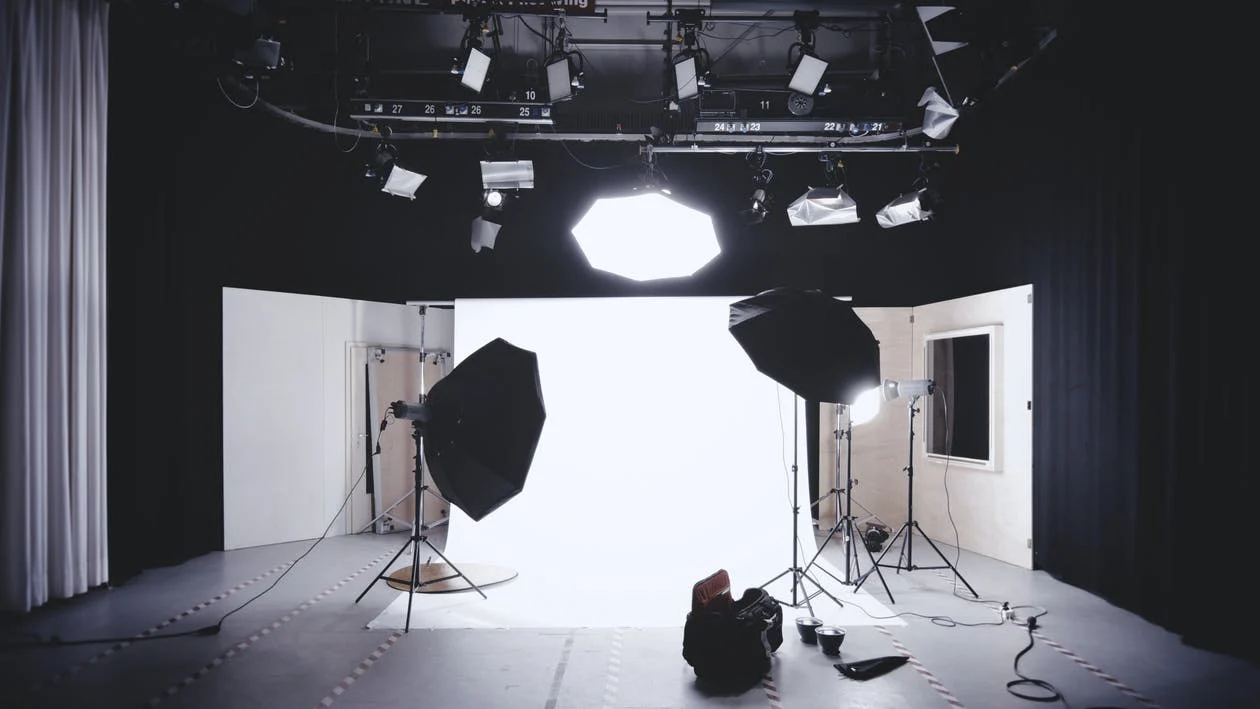In the world of filmmaking, editing is an essential process that can make or break a film's impact on its audience. Even with the best cinematography and performances, a poorly edited film can fall flat and fail to engage viewers. On the other hand, a well-edited film can take even the most mundane footage and turn it into something captivating and cinematic. Here are some editing tricks that can help turn boring footage into a visually engaging and captivating film.
-
Cut to the Beat: One of the most effective ways to make a scene visually dynamic is to cut it to the rhythm of the music. The rhythm can be the beat of the song or the tempo of the action in the scene. Cutting on the beat creates a natural flow and energy that can make the scene more engaging.
-
Match the Action: Matching the action is the technique of cutting from one shot to another, where the action in the first shot seamlessly transitions into the next shot. For example, if a character is picking up a cup in one shot, the next shot could be of them taking a sip from the same cup. This technique helps maintain the continuity of the scene and makes the cuts less noticeable.
-
Use the Rule of Thirds: The rule of thirds is a composition technique that involves dividing the frame into thirds vertically and horizontally, creating a grid of nine equal parts. The points where the lines intersect are the points of interest. By placing the subject or important elements of the scene on these points, the composition becomes more visually pleasing and engaging.
-
Cutaway Shots: Cutaway shots are shots that are not directly related to the action in the scene but are inserted to break up the monotony and provide visual interest. Cutaway shots could be of the environment, reactions from characters, or any other relevant detail that adds to the scene's overall narrative.
-
Montage: A montage is a sequence of shots edited together to show the passage of time or to condense a series of events into a shorter amount of time. Montages are a great way to add visual interest to a scene and can be used to convey emotions or tell a story without relying on dialogue.
-
J and L Cuts: J and L cuts are techniques used to create a seamless transition between shots where the audio from the next shot starts before or after the video cuts. In a J cut, the audio from the next shot starts before the video cut, creating a smooth transition. In an L cut, the audio from the previous shot continues into the next shot, allowing the audio to lead the transition.
-
Use Sound Effects: Sound effects can add another layer of interest to a scene and make it more engaging. Sound effects can be used to emphasize a particular action or create a mood or atmosphere. Adding ambient noise or music to a scene can also help to immerse the audience in the environment.
In conclusion, these editing techniques can help turn even the most mundane footage into a visually engaging and cinematic film. By using these techniques, you can create a seamless flow, convey emotions, and tell a compelling story that captivates your audience. Remember, the key to effective editing is to experiment and be creative, and always keep the narrative and emotional impact in mind.

